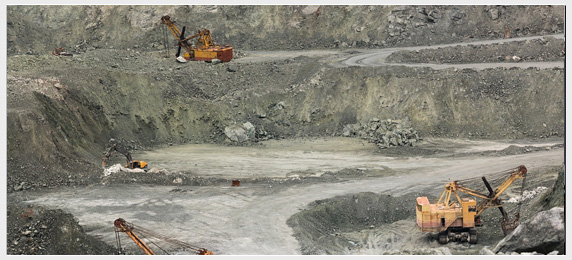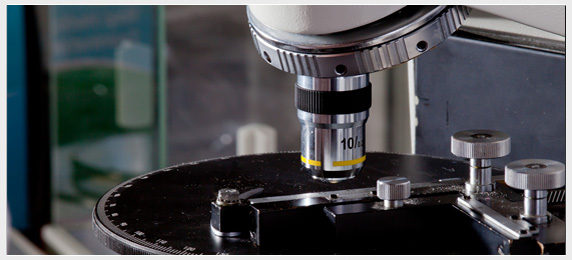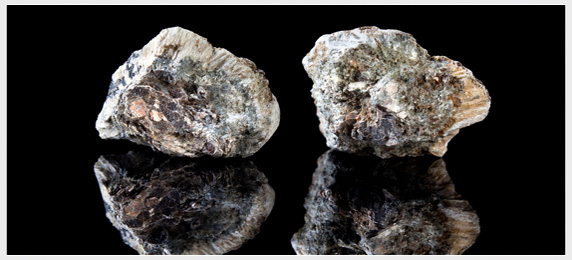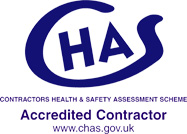86 per cent of school buildings contain asbestos
How many recall those garish multi-coloured panels that was such a familiar sight on the majority of schools up and down the country? Well chances are, these panels were probably manufactured with asbestos containing materials.
As there are still many schools that were built in during the 50's and 60's, when asbestos was still considered to be a 'wonder' building material. These days we know how potentially life threatening it can be if the fibres are released into the atmosphere and breathed in.
HSE comment
The Health and Safety Executive commented on the extent of asbestos use in schools and stated that of approximately 20,400 primary schools and 3,400 secondary schools in the United Kingdom, some 13,000 were built between 1945 and 1974, when the use of Asbestos Containing Materials, or ACMs as they are often referrd too, was used in the building trade as a matter of course.
Many other school premises would have been refurbished during or since that period, providing the potential for the introduction of ACMs. Materials containing asbestos such as pipe lagging, ceiling panels, partition walls and sprayed coatings were all frequently used. This suggests that a high proportion of our present schools contain asbestos and represent the potential to release their deadly fibres into the atmosphere.
All those schools contain chrysotile (White) but there was also widespread use of amosite (Brown) and some schools contain crocidolite (Blue).
Although all asbestos is hazardous, with the blue Crocidolite being the worst, all types of asbestos can cause cancer but the amphiboles, amosite and crocidolite, are more dangerous. Amosite is estimated to be up to 100 times more likely to cause mesothelioma than chrysotile and crocidolite up to 500 times more likely to.
Asbestos containing materials in schools
According to studies, more than seven million children in England are at risk of exposure to asbestos simply by going to school. Some of the worst identified areas include Hertfordshire, Kent and Essex, but the entire country has schools that will most likely contain ACMs.
A Freedom of Information request demonstrated that 86% of school buildings contain asbestos and that is a worrying figure.
Because of this there have been repeated calls for an audit of all schools to assess the risks of ACMs and the biggest teachers union, the NUT, has demanded complete removal of all asbestos.
The government insists asbestos is perfectly safe unless disturbed and says it is ridiculous to suggest that nearly all school children are at risk. As long as asbestos is managed properly, not damaged or disturbed and is properly encapsulated, the risks are negated.
However, critics says asbestos, which was used extensively for fire protection and insulation in school buildings until it was banned in 1999, poses a substantial risk to health by causing the deadly condition of Mesothelioma.
What is malignant mesothelioma?
Malignant mesothelioma is a cancer that starts in cells in the linings of certain parts of the body, especially in the linings of the chest or abdomen. The two most common types of Mesothelioma are:
Pleural Mesothelioma
Pleural mesothelioma is a rare cancer often diagnosed in people who have been exposed to high levels of asbestos. The malignancy affects the pleura, a thin membrane of lubricating cells that lines the lungs and chest wall.
Symptoms of pleural mesothelioma (mesothelioma of the chest) can include:
- Pain in the side of the chest or lower back
- Shortness of breath
- Cough
- Fever
- Excessive sweating
- Fatigue
- Unexpected weight loss
- Difficulty swallowing
- Hoarseness
- Swelling of the face and arms
Peritoneal Mesothelioma
Dust from asbestos can trigger a deadly lung disease called mesothelioma. Malignant peritoneal mesothelioma is a rare type of cancer that occurs in the thin cell walls surrounding the abdominal cavity, known as the peritoneum.
Symptoms of peritoneal mesothelioma can include:
- Abdominal pain
- Swelling or fluid in the abdomen
- Unexpected weight loss
- Nausea and vomiting
- Constipation
Mesothelioma has a very long latency period
The latency period that presents itself in mesothelioma patients will vary, but often means that many were unaware they were exposed to asbestos dust 30 or 40 years earlier. Clearly should the asbestos not be managed correctly, there could potentially be huge amounts of litigation in the not too distant future as more and more cases of mesothelioma are diagnosed.
At present, there is no requirement for a school to notify parents when asbestos is found in their buildings. Teachers and other school staff such as caretakers must be made aware of the presence of ACMs as they are going to be the first people likely to notice any damage and will need to have asbestos awareness training so they know what action to take should the need arise. How many have had this training remains to be seen though as historically, the training has only been obligatory for workers and self-employed tradespeople who are likely to come into contact with asbestos during their working day. However, although the schools don't have to advertise the fact that they have ACMs present in school premises, they must allow parents access to the asbestos register and be open about the asbestos situation should a request for information be made.
The lifetime risk of developing mesothelioma is predicted to be about three and a half times greater for a child first exposed at age five compared to an adult first exposed at age 25 and about five times greater when compared to an adult first exposed at age 30.
Worryingly there is currently no reliable screening test for mesothelioma and the early signs of the cancer are often missed.
Recent studies suggest 80% of school stock is beyond their shelf life and a significant number of schools are in poor condition or insufficiently maintained.
Asbestos has been used in all types of buildings since the 1950s and is still present in the majority of schools in the United Kingdom due to ageing stock.
Damage to asbestos in and around the school environment
Asbestos can be easily damaged and disturbed, particularly in a school environment. The old panels below the windows which are known to have ACMs are a favourite place for bored students to scratch their name in with a compass and this can have a long term effect on the health of anyone exposed.
Therefore it makes a very strong case for parents to have better access to information on the asbestos management by local education authorities and schools to keep their children safe. Also the teachers and other staff in schools deserve to be protected from asbestos in the workplace too.
The reported numbers of teachers dying from mesothelioma appears to be on the increase and if this is the case, how many ex pupils will be diagnosed in the coming years?.
It has been estimated that between 200 and 300 adults are dying every year as a result of exposure to asbestos when they were at school. So why do we not have a national survey of where asbestos is in our school system?
Further Information
If you would like to know more or are interested in a quote we would be happy to help. Phone us on 07730 446 224, email us at info@survey-safe.com or fill in our enquiry form and we will be in touch as soon as possible.
Survey Safe® - 07730 446 224 - info@survey-safe.com
Registered Office: Wagstaffs, Richmond House, Walkern Road, Stevenage, Herts SG1 3QP
Survey Safe® :: 07730 446 224
Survey Safe®
07730 446 224
Areas we cover
Areas we cover in London :: A
Areas we cover in London :: B
Areas we cover in London :: C
Asbestos articles
Asbestos: A possible cure being developed for Mesothelioma
Asbestos: The importance of regular staff medicals
Mesothelioma and Asbestosis: A comparison
86 per cent of school buildings contain asbestos
Workplace exposure limits
Controlling noise at work
Legionella risk
Asbestos re-inspection
Asbestos related products
Magnesite floor screeds
Asbestos in vermiculite
Chrysotile fuse carriers
Asbestos air monitoring
Asbestos cement roofs
Surviving mesothelioma
Cancer deaths from asbestos at all time high
Asbestosis
Asbestos exposure at ground zero after 9/11
Asbestos insurance claims
More asbestos related prosecutions
New asbestos regulations introduced
Asbestos contractor fined
Asbestos is a hidden health hazard in millions of homes
Asbestos exposure
Contractor fined for removing asbestos in an open wheelbarrow
Past and present uses for asbestos
Asbestos filters used in cigarettes
Privacy policy
Website map







 1
1 2
2 3
3 4
4 5
5



